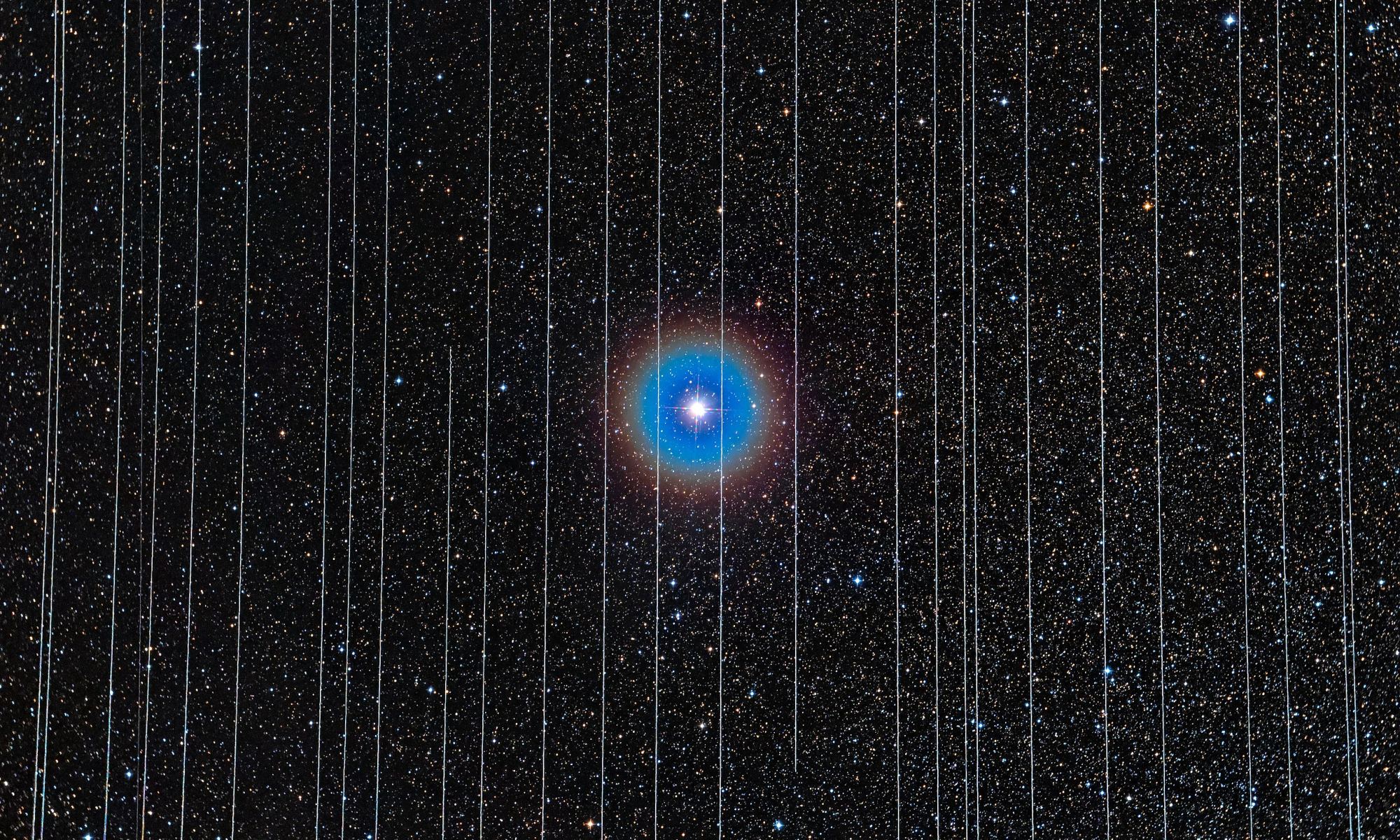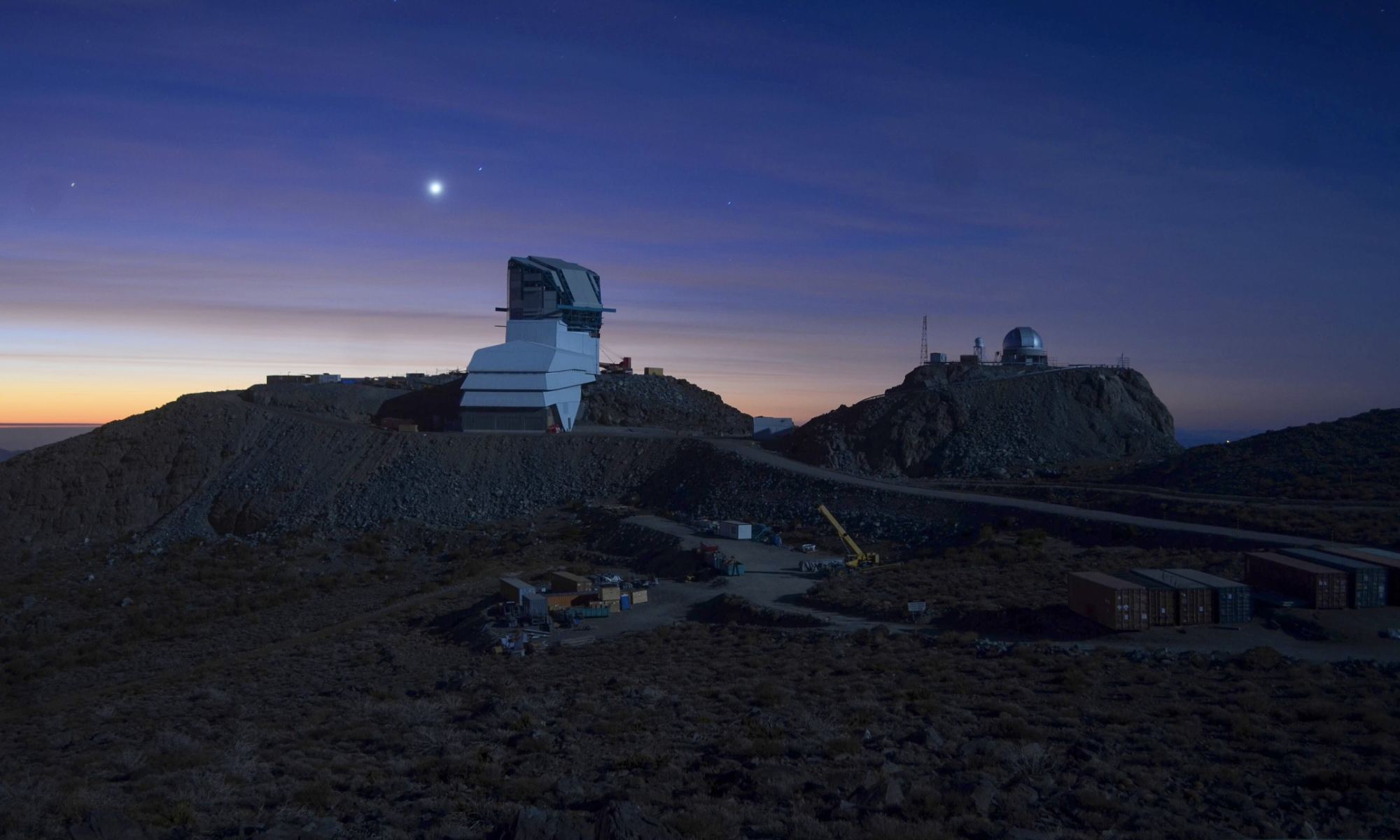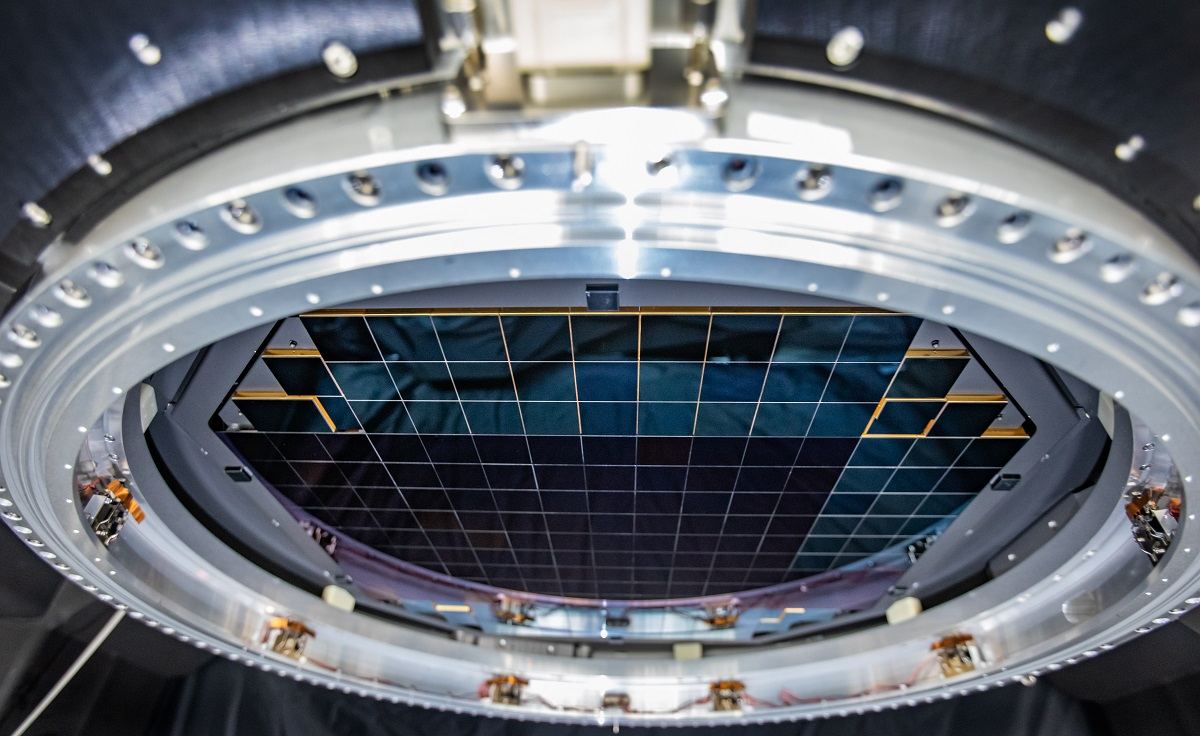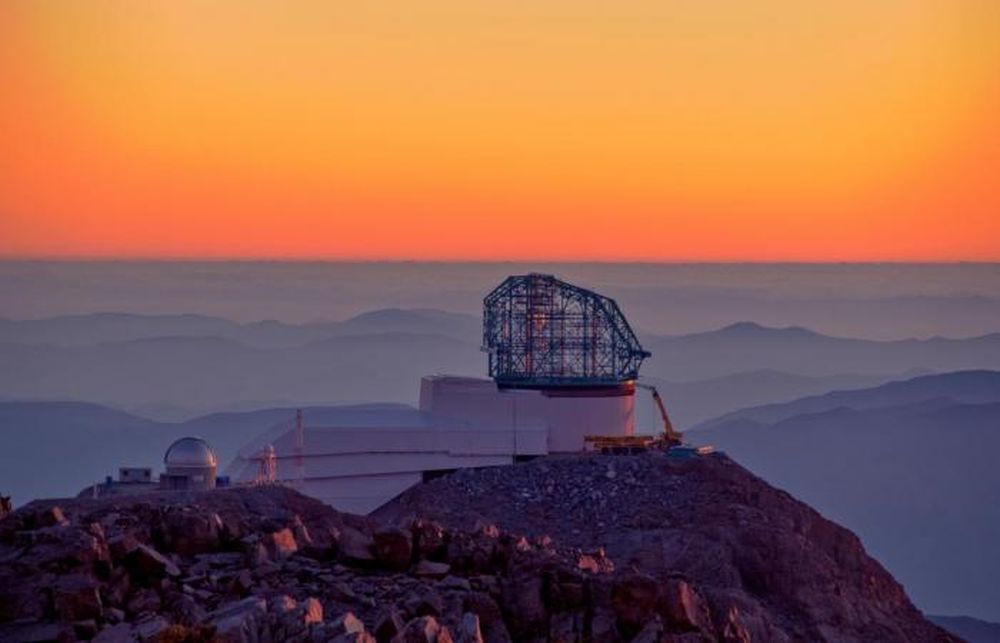Large-scale sky surveys are set to revolutionize astronomy. Observatories such as Vera Rubin and others will allow astronomers to observe how the sky changes on the scale of days, not weeks or months. They will be able to capture transient events such as supernovae in their earliest stages and will discover near-Earth asteroids we have missed in the past. At the same time, the rise of satellite constellations such as Starlink threatens to overwhelm these surveys with light pollution and could threaten their ability to succeed.
Continue reading “Satellites Make up to 80,000 Flashing Glints Per Hour. It's a Big Problem for Astronomers”Satellites Make up to 80,000 Flashing Glints Per Hour. It's a Big Problem for Astronomers







